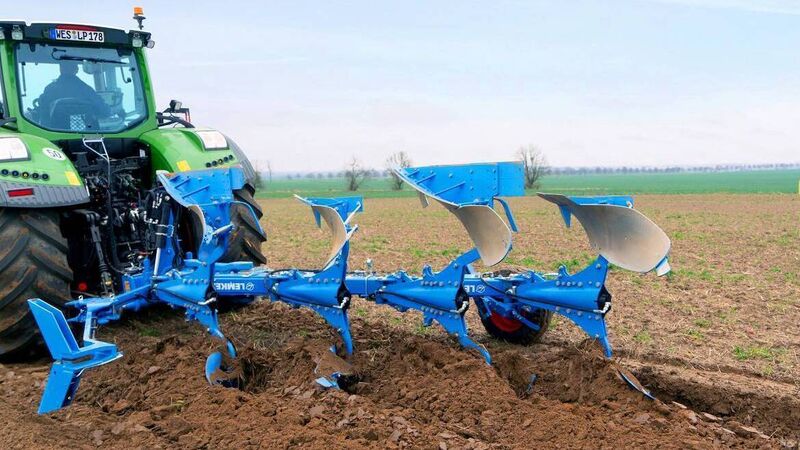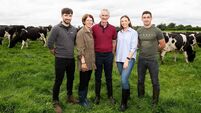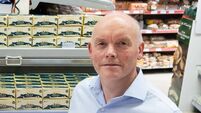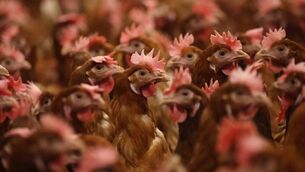Lemken develops first 'carbon farming plough'

The plough is intended to be used for meliorative tillage — to break up compaction and improve the soil as a result
German agricultural implement manufacturer Lemken has unveiled its concept for a "carbon farming plough".
The machine is in the process of being developed in collaboration with the Leibniz Centre for Agricultural Landscape Research (ZALF), and is expected to be available to purchase in Ireland from mid-2024.
The ZALF research work on yield and climate effects of partial deep tillage are funded by the German Federal Ministry of Food and Agriculture.
Lemken will use this research to create an implement for carbon enrichment in arable soils that is ready for series production.
This plough is intended to be used for meliorative tillage; to break up compaction and improve the soil as a result.
The implement features bodies that plough at alternating depths to create wells below the tillage level in every other furrow, which are then filled with humus-rich topsoil.
Analyses of historical trials conducted by the ZALF have shown that more than half of the humus introduced in this manner is retained to secure the long-term storage of carbon in the soil.
The lower soil layers with little humus which are ploughed up in the process are mixed with the topsoil and form new humus-rich topsoil within a matter of only a few years, as carbon is introduced from crops.
Overall, the humus content of soils tilled in this manner therefore increases, and soil fertility improves. At the same time, this sustainable soil improvement creates up a new business model in the form of carbon farming.
Breaking up compacted soils while also introducing humus-rich topsoil into wells allows plant roots to grow into deeper soil levels and access the water and nutrients retained there.
This approach can increase yields by up to five per cent even in the first year. This effect was established as far back as in the 1960s and 1980s and has been confirmed by recent field trials conducted by the ZALF.
The method can be repeated diagonally to the main direction of work after five to 10 years.
"In addition to the above benefits, this new carbon farming technology also opens up new income streams for farmers in the form of trade in carbon certificates," a spokesman for the company said.
"A potential future tax on carbon dioxide emissions is therefore avoided, and the competitiveness of agricultural businesses is improved."
When paired with Lemken's iQblue connect module, the plough, will be capable of collecting site-specific data, precisely documenting the depth and position of the wells created.










